By Super Admin - 20 October 2023
10 Ways to Carry a Fixed Blade Knife
Discover expert tips for safely and stylishly carrying a fixed-blade knife with our top 10 methods. Whether you're an outdoor enthusiast or a daily carrier, find the perfect way to keep your trusted tool by your side.

Fixed blade knives are like handy multi-tools, great for camping, survival, hunting, or self-defense. But figuring out how to carry them, especially if you want to hide them, can be tricky. In this blog, we're going to talk about 10 different ways to carry a fixed-blade knife. We'll look at the good and not-so-good sides of each method, so you can pick the one that suits you best. Whether you're a pro at outdoor activities or just starting with knives, you'll find a way to carry them that works for you in this blog. So keep reading to discover the top 10 ways to carry a fixed-blade knife! One of the most traditional and popular ways to carry a fixed-blade knife is by attaching it to your waist. This method allows quick access and is convenient for many outdoor activities. You can either use a horizontal belt sheath or a vertical belt sheath, depending on your comfort and accessibility preferences. For a more discreet and lightweight option, you can carry your fixed-blade knife around your neck. A neck carry sheath is designed to be inconspicuous and easily accessible in emergencies. It's perfect for those who need a quick and quiet way to draw their knife. If you prefer keeping your knife low-profile and hidden from sight, ankle carry is a great choice. Ankle sheaths are designed to be comfortable and secure while keeping your fixed-blade knife easily accessible, especially for tasks that require a low and discreet draw. Shoulder carry offers a unique way to keep your fixed-blade knife within reach. This method involves wearing a harness that holds the knife under your arm, making it an excellent option for those who want a stylish yet functional way to carry their knife. Carrying your fixed-blade knife in your boot is a classic choice for many outdoors enthusiasts. Boot carry sheaths are specially designed to fit seamlessly inside your boot, providing a concealed and easily accessible option for your knife. For everyday carry and urban environments, a pocket sheath can be a practical choice. It allows you to carry your fixed-blade knife discreetly and comfortably, making it a versatile option for those who need their knife readily available in various settings. If you prefer to keep your knife in your backpack, you can use a backpack carry sheath. This method is ideal for hikers and campers, as it ensures your knife is safely stowed away while still being easily accessible when needed. A belt carry sheath is a versatile choice, allowing you to carry your knife horizontally or vertically on your belt. It's a popular method among those who want their knife to be easily accessible and visible. For additional accessibility and convenience, leg carry sheaths can be a great option. They allow you to secure your knife on your thigh, making it an ideal choice for those who need quick and unrestricted access to their knife. Cross-draw sheaths are perfect for those who want a unique and easy-to-reach method for carrying their fixed-blade knife. This method involves attaching the knife at an angle, making it simple to draw with your non-dominant hand. Now that you're familiar with the various ways to carry a fixed-blade knife, let's address some common questions about this topic. It depends on your local laws and regulations. Some places allow it as long as the blade length is within certain limits, while others may have stricter restrictions. Always check your local laws before carrying a fixed-blade knife in public. The ideal size for everyday carry varies from person to person. In general, a blade length of 3 to 4 inches is a good starting point, as it offers a balance between utility and manageability. Regular maintenance includes cleaning, oiling, and sharpening the blade. It's essential to keep the knife clean and dry to prevent rust and maintain its sharpness. Follow the manufacturer's instructions for the specific knife you own. Generally, fixed-blade knives are not allowed in your carry-on luggage when flying. However, you can pack them in your checked luggage. Always check with the airline's policies and guidelines before traveling. The best way to draw a fixed-blade knife safely and quickly is to practice regularly. Familiarize yourself with your chosen carry method and practice drawing your knife to ensure you can do it efficiently when needed. In conclusion, carrying a fixed-blade knife can be both practical and safe if you choose the right method that suits your needs and preferences. Whether you opt for waist carry, neck carry, or any other method mentioned, always prioritize safety, legality, and accessibility when carrying your fixed-blade knife. By doing so, you'll have a trusty tool at your side for various outdoor adventures and everyday tasks.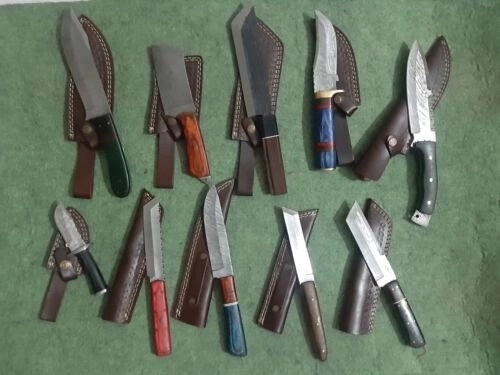
1. Waist Carry
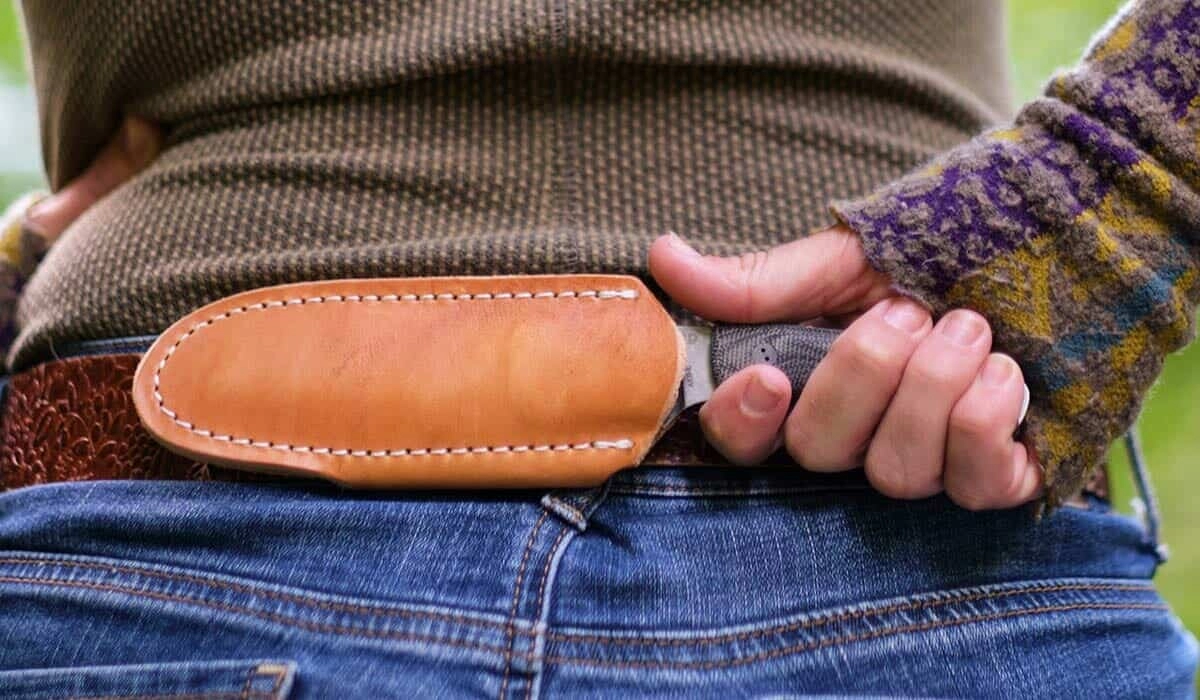
2. Neck Carry
3. Ankle Carry
4. Shoulder Carry
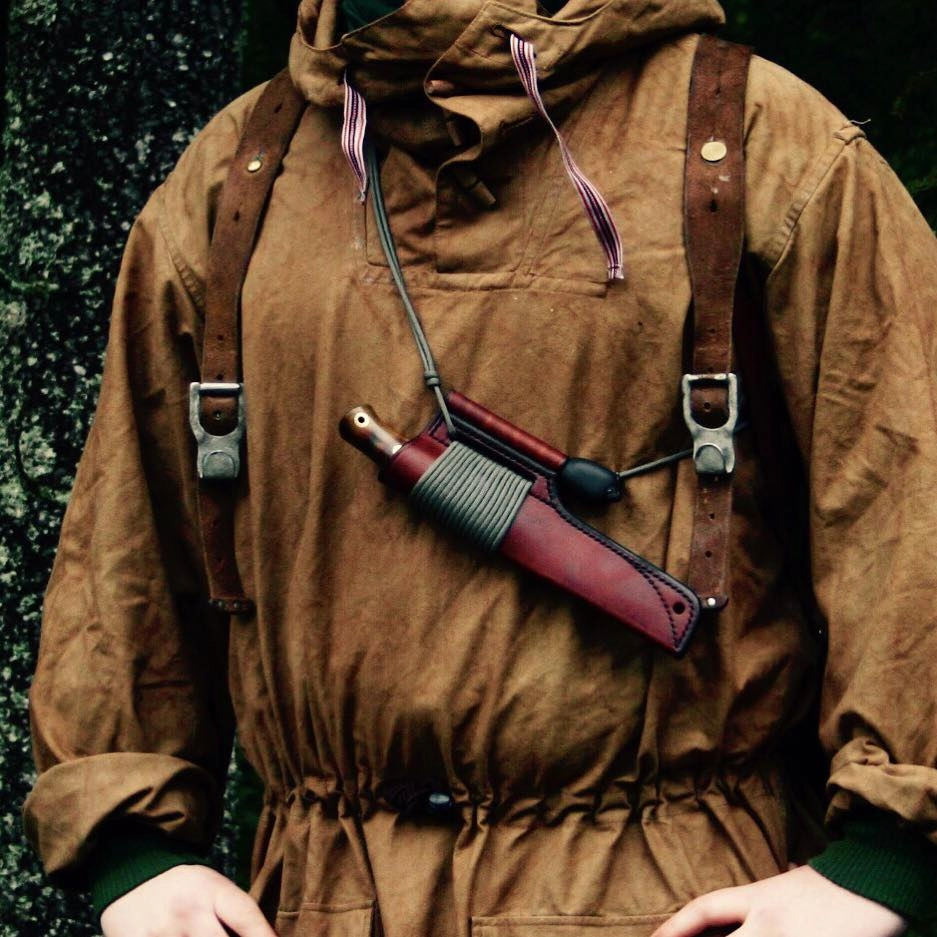
5. Boot Carry
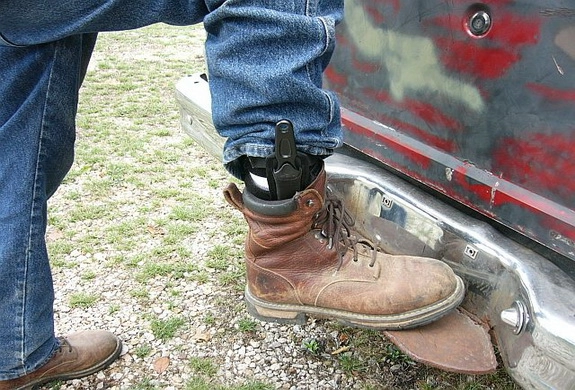
6. Pocket Carry
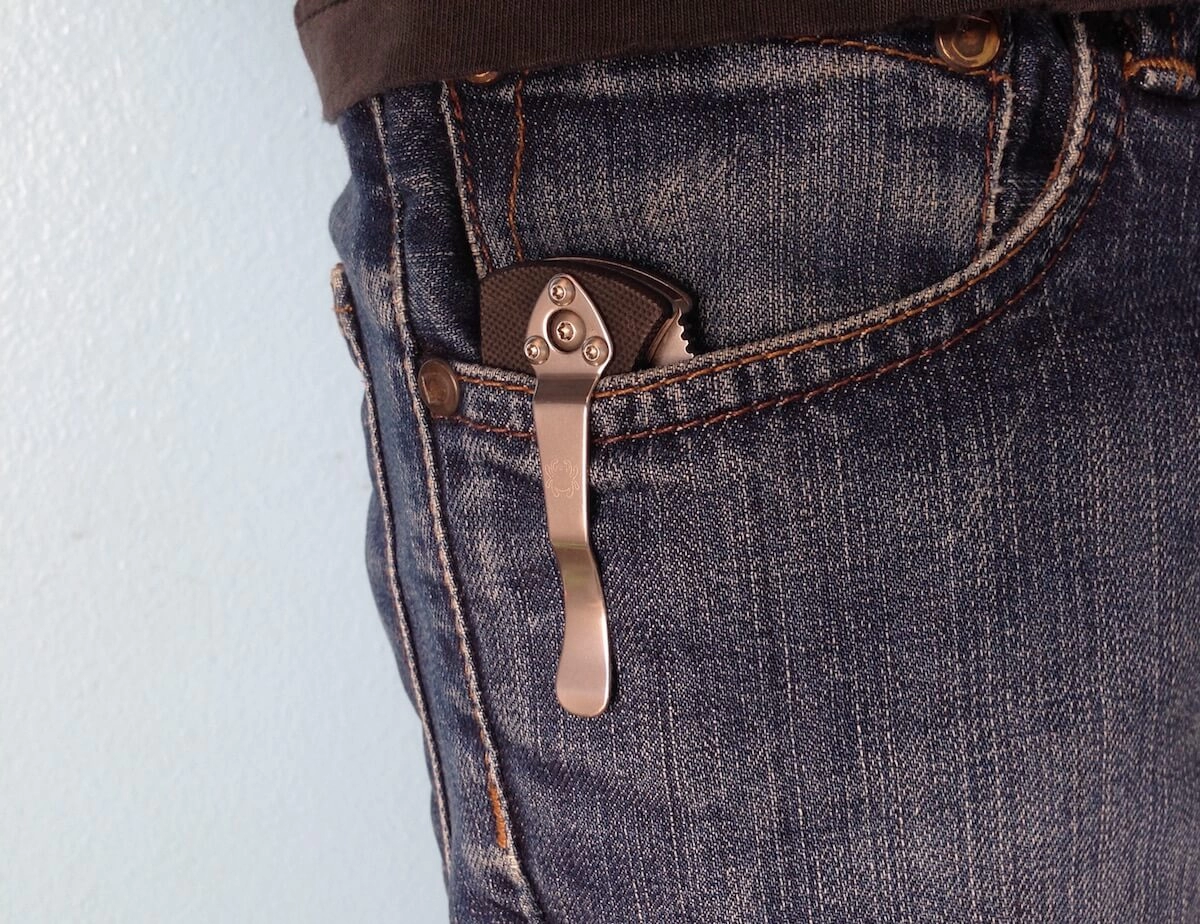
7. Backpack Carry
8. Belt Carry
9. Leg Carry
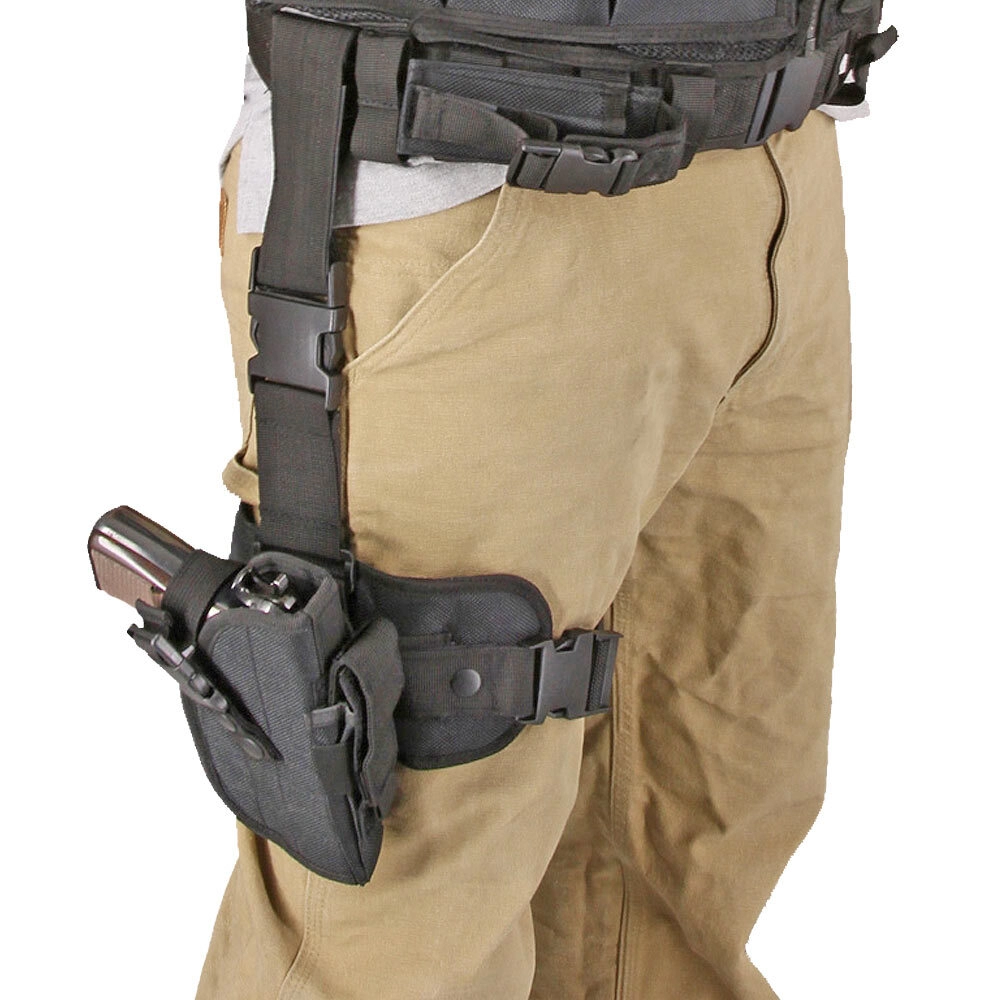
10. Cross Draw Carry
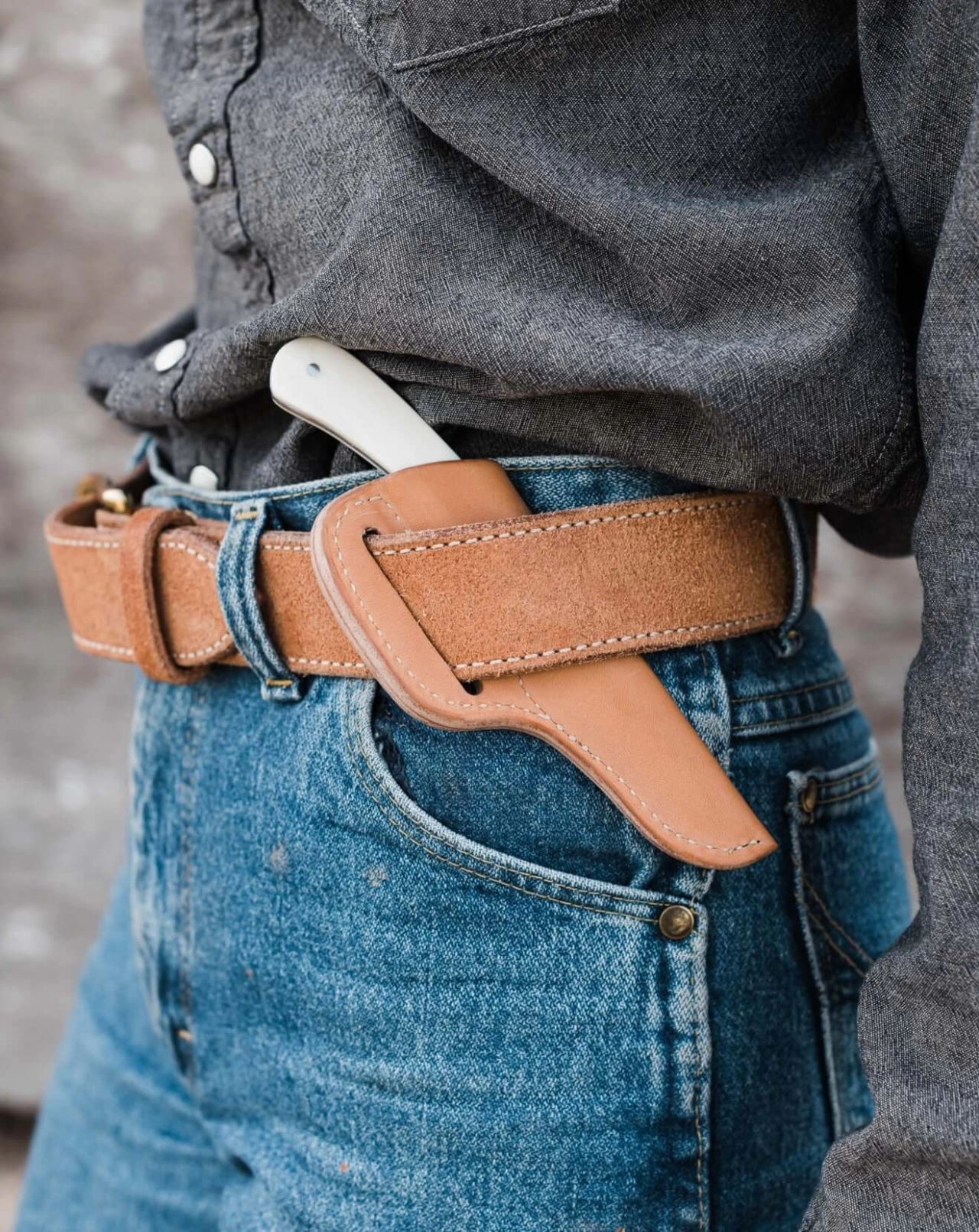
Frequently Asked Questions
Is it legal to carry a fixed-blade knife in public?
What's the ideal fixed-blade knife size for everyday carry?
How should I maintain and care for my fixed-blade knife?
Can I carry a fixed-blade knife while flying?
What's the best way to draw a fixed-blade knife safely and quickly?
Conclusion
You might also like

How to Sharpen a Hunting Knife: A Comprehensive Guide
By Super Admin - 9 October 2023
Learn the art of sharpening a hunting knife like a pro with our expert tips and comprehensive guide. Keep your blade in top-notch condition.

Best Throwing Knives for Survival in 2023
By Super Admin - 6 October 2023
Discover the top throwing knives for survival in 2023 - expert reviews and buying guide. Equip yourself for ultimate survival!

Best 308 Hunting Rifle under $1000
By Super Admin - 3 October 2023
Discover the best .308 hunting rifles under $1000 in our comprehensive guide. Find your ideal firearm for the hunt today!

How to Darken Leather Boots
By Super Admin - 26 September 2023
Discover the art of darkening leather boots with our step-by-step guide. Elevate your style effortlessly. Get started now!
Baramdat - AI-Powered Platform for Exporters & Buyers
Revolutionizing global trade with intelligent tools for exporters and buyers. Exporters can easily list products, manage inventory, generate invoices, and promote their business worldwide — all in one place. Buyers can explore verified exporters, compare products, and connect directly via SMS, phone, WhatsApp, or email.
Powered by Muawin – Your AI Assistant, Baramdat helps both exporters and buyers trade smarter, faster, and more efficiently.
Haven’t experienced the power of Baramdat yet?
Join Free Now